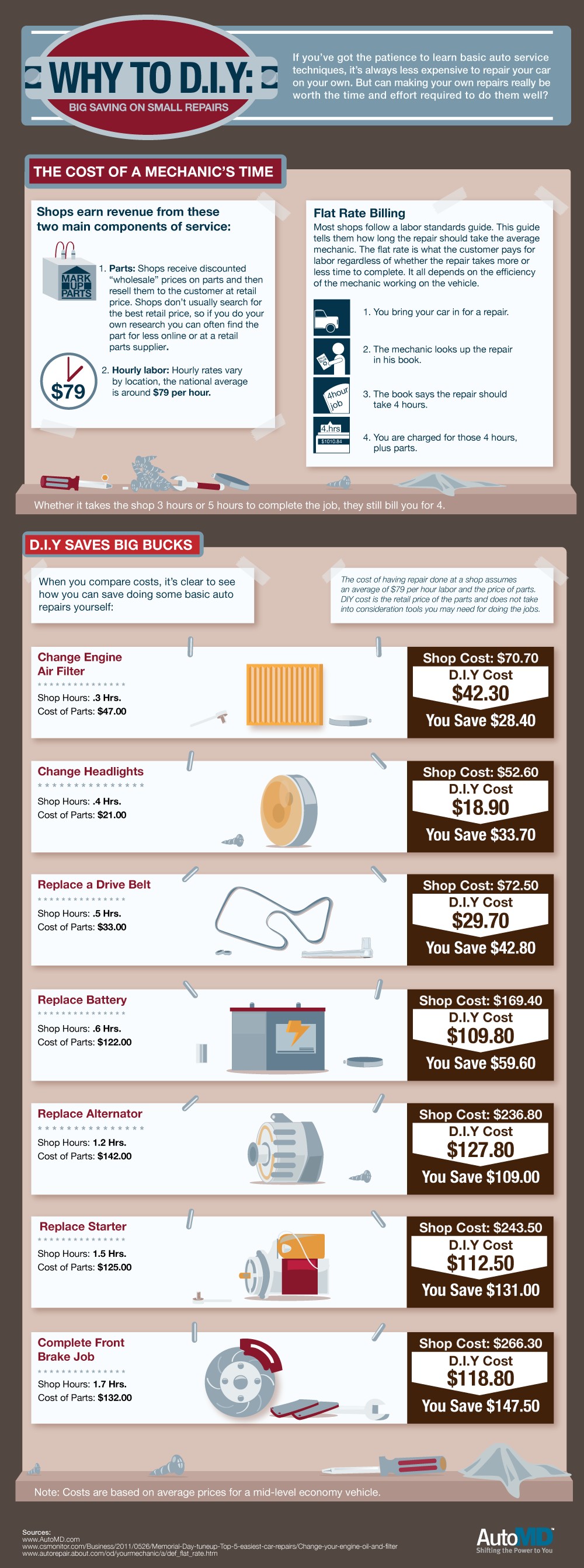Understanding The Significance Of Your Vehicle'S Warning Signals: What They Really Represent
Understanding The Significance Of Your Vehicle'S Warning Signals: What They Really Represent
Blog Article
Writer-Lauritsen Dalgaard
When you're behind the wheel, those radiant warning lights on your dashboard can be a bit perplexing. Do https://brake-service-near-me73849.blogadvize.com/38122374/personal-narrative-upgrading-my-old-clunker-through-a-weekend-of-outlining-work recognize what they're trying to inform you regarding your auto's wellness? Understanding the relevance of these lights is vital for your safety and the longevity of your car. So, the next time one of those lights appears, wouldn't you want to decode its message precisely and take the needed steps to address it?
Common Warning Lights and Interpretations
Recognize typical caution lights in your car and understand their definitions to ensure risk-free driving.
The most regular warning lights include the check engine light, which signals problems with the engine or discharges system. If this light comes on, it's critical to have your lorry checked immediately.
The oil stress advising light shows low oil pressure, requiring prompt attention to avoid engine damage.
A blinking battery light could suggest a faulty charging system, possibly leaving you stranded if not resolved.
The tire pressure monitoring system (TPMS) light notifies you to reduced tire pressure, affecting automobile stability and gas efficiency. Ignoring this might lead to hazardous driving problems.
The ABS light shows an issue with the anti-lock braking system, jeopardizing your capacity to quit rapidly in emergencies.
Finally, the coolant temperature cautioning light warns of engine getting too hot, which can cause severe damage if not dealt with swiftly.
Recognizing these usual caution lights will help you deal with issues promptly and keep secure driving conditions.
Relevance of Prompt Interest
Recognizing the typical caution lights in your cars and truck is just the initial step; the relevance of promptly addressing these cautions can not be stressed sufficient to ensure your safety and security when traveling.
When a warning light brightens on your control panel, it's your auto's means of interacting a prospective concern that needs attention. Neglecting these cautions can lead to more extreme issues in the future, endangering your security and potentially costing you much more in repairs.
Trigger attention to advising lights can stop malfunctions and crashes. For example, a flashing check engine light could show a misfire that, if left unattended, could trigger damage to the catalytic converter. Resolving mobile detailing services can save you from a pricey fixing.
Likewise, a brake system warning light could indicate reduced brake fluid or worn brake pads, essential elements for your security when driving.
Do It Yourself Troubleshooting Tips
If you notice a warning light on your dashboard, there are a couple of DIY troubleshooting pointers you can attempt prior to seeking expert aid.
The very first step is to consult your automobile's manual to understand what the details caution light shows. Often the issue can be as simple as a loosened gas cap triggering the check engine light. Tightening the gas cap might deal with the issue.
An additional usual problem is a reduced battery, which can cause numerous warning lights. Checking the battery links for deterioration and ensuring they're safe and secure might take care of the issue.
If a caution light continues, you can try resetting it by separating the automobile's battery for a couple of mins and after that reconnecting it. Additionally, examining your car's fluid levels, such as oil, coolant, and brake fluid, can aid fix warning lights connected to these systems.
Final thought
To conclude, recognizing your automobile's warning lights is important for keeping your car running smoothly and safely. By quickly dealing with these alerts and recognizing what they mean, you can stay clear of expensive fixings and possible break downs.
Keep in mind to consult your automobile's manual for particular details on each alerting light and do something about it appropriately to guarantee a hassle-free driving experience.
Keep notified, stay risk-free on the road!
